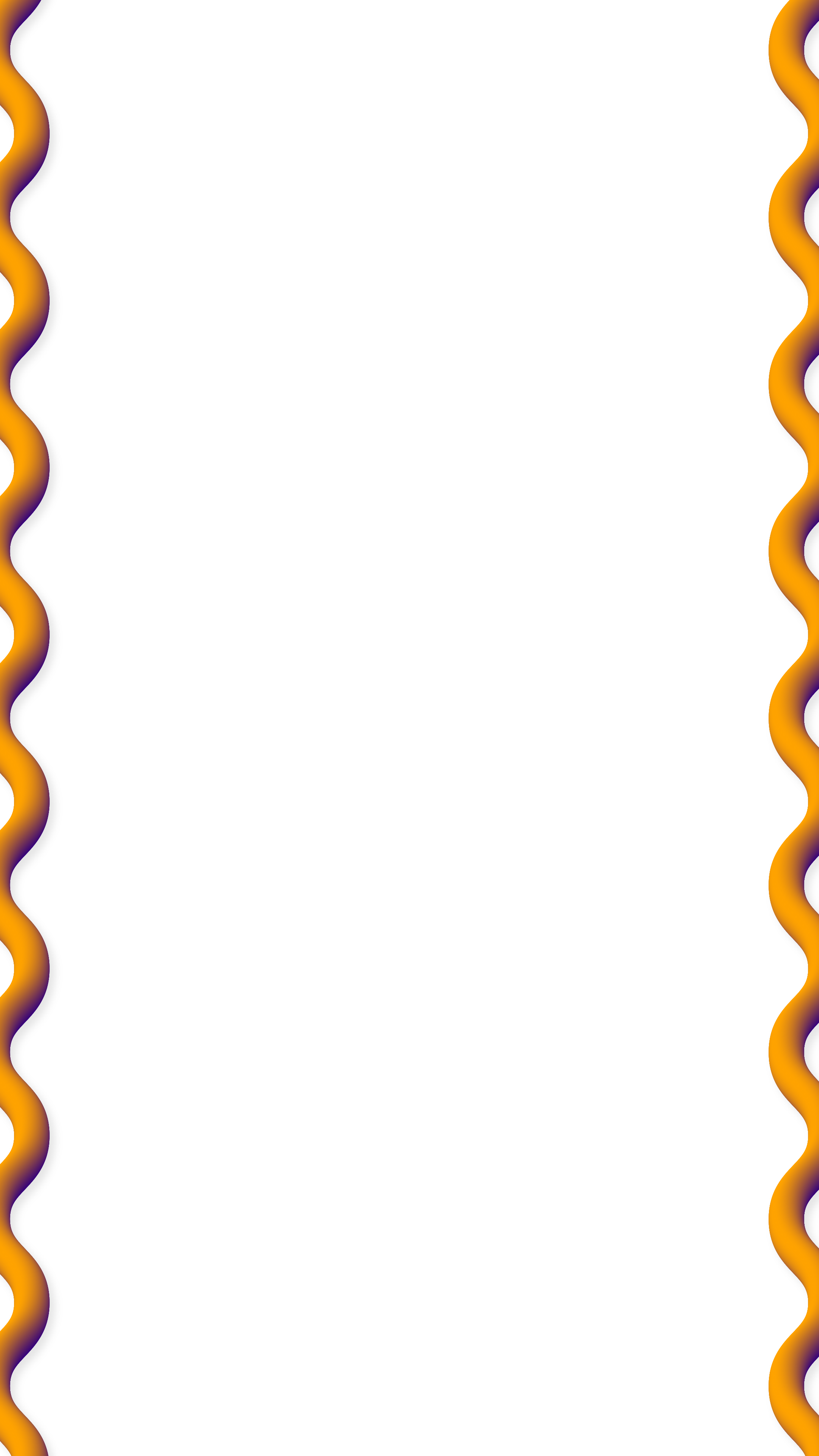
Article
The First of Us
by Stacey Oh
There is this idea going around that queer people are somehow a recent phenomenon; that our presence and existence have been increasing for the past couple of decades. Yes, we have been having more positive representation in pop culture, more academic attention is being dedicated to our history and the global political debate has been aggressively focusing on our human rights. Some wonder whether this elevated presence is due to our society being less narrow-minded and therefore a safer environment to express ourselves or because of the battle of a few queer heroes who fought fearlessly to pave the way for many.
While I think both these arguments have some truth to them, I would rather focus on the fact that we are not as new as you think. In truth, we are not a product of the 21st century. Nor the 20th. And no, we do not exist thanks to feminism. We cannot keep underestimating that being trans or gay has always existed, instead, we should highlight the persistent straight-washing of history.
Let me elaborate. We know that intersectionality is the basis for dismantling any kind of oppression. But so many forget the true meaning of this. It means that you cannot fight homophobia without also fighting race, class, gender, etc. It means that you cannot explain transphobia without mentioning Western colonialism and their implemented religious institutions that vindictively erased other gender and sexual realities.
In many Native American nations, for example, there was a concept of two-spirit people who held roles of high esteem within their communities. Today, they have fought to be recognized by the United States of America after the negation of their reality by Western colonialism. Western lanuages, then and now, struggle to describe the versatility of this non-binary concept. In fact, part of the colonization process was using offensive language to describe these people who neither ‘male nor female’ and eradicating what did not align with their Christian values.
There are similar stories on the African continent. For instance, the Dagaaba people from present-day Ghana assigned gender not based on anatomy, but on the energy they presented. Binary gender structures, moreover, were not even used by the Igbo and Yoruba tribes (present-day Nigeria), instead, they assigned gender much later in life and used age, not gender, to attribute status in their tribe. In Uganda, before European colonization, men would sleep with and marry other men and in Northern Sudan, royal girls would have enslaved women to satisfy their sexual needs.
And how can we forget Hijras whose translation also does not have an equivalent in Western culture or any European language? This group of people with ambiguous gender and intersex traits have existed for over 2000 years in South Asia and the Kamasutra has a whole chapter dedicated to the practice of same-sex intercourse.
But even before Western colonial times, we were depicted in cave drawings, sat on thrones in Ancient Rome and Egypt, wrote poems on Lesbos, and sang in Operas. We have gone as far as Western written history has.
So answer me this: how can countries whose languages cannot even express the concept of non-binary gender structures legislate our existence? How is it possible that we live in a world where we are considered ‘the other’ while it is historically clear that heterosexuality and cisnormativity are a construct made by modern homophobic and religious institutions?
This Pride let us not only celebrate the Stonewall Riots or the brave street queens who fought and protected queer lives in New York City but let us remember that we are fabulously queer and have always been here.


